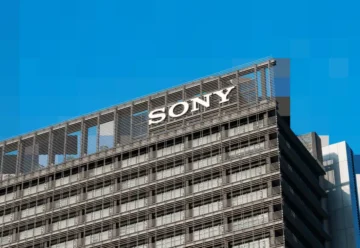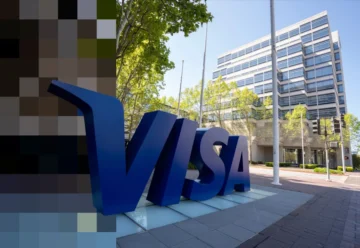Blockchain to Help NASA Record Future Moon Landings

During the Artemis 2 mission, data cubes will be sent to the Moon as payloads, the information from which will be processed via blockchain technology. NASA expects that innovations will not only be able to ensure the safety of data but also to prove their authenticity.
The United States National Aeronautics and Space Administration (NASA) has signed an agreement with the startup Lonestar, under which a technical infrastructure for collecting, storing, and systematizing data, working with blockchain, will be sent to the Moon as a payload. This is reported by BBC Science Focus.
The next mission, Artemis 2, which is scheduled to depart from the United States in February 2024, will deliver to the Moon data cubes. It’s a long-term data storage system that uses solar energy to power it. The system will create so-called “digital franking” — storing data received and transmitting it to Earth, where its authenticity will be verified via DLT systems. This approach will ensure the security of information and allow NASA to prove the authenticity of the received data.
Specifically, processing data through DLT systems will enable NASA to finally put an end to skepticism about astronauts landing on the Moon once and for all. Blockchain will confirm the fact of human landing on the Moon’s surface, which is scheduled for 2025 as part of the Artemis 3 mission.
According to Kurt Roosen, Head of Innovation at Digital Isle of Man, NASA still can’t prove it performed six manned Moon landings between 1969 and 1972. And while the innovations won’t be able to assuage any doubts skeptics have about past accomplishments, they can easily disprove any conspiracy theories related to future landings.
Recently, scientists have used blockchain to authenticate cultural artifacts. Web3 technologies are also being actively used to address environmental sustainability issues.











